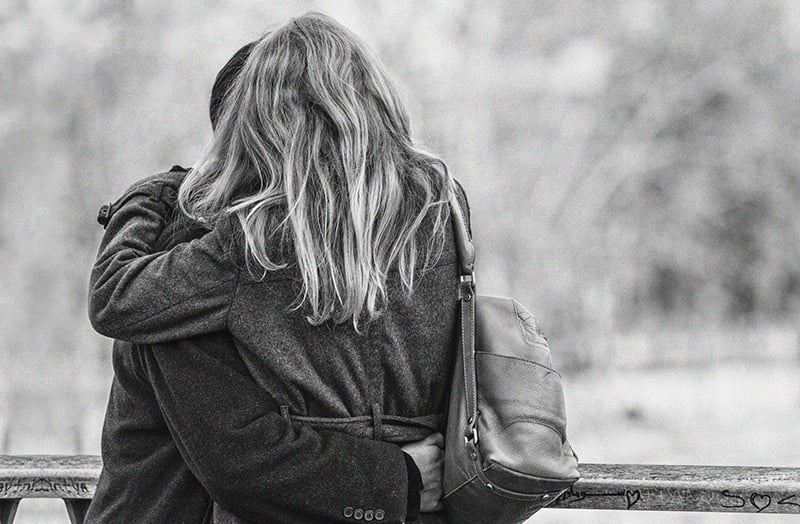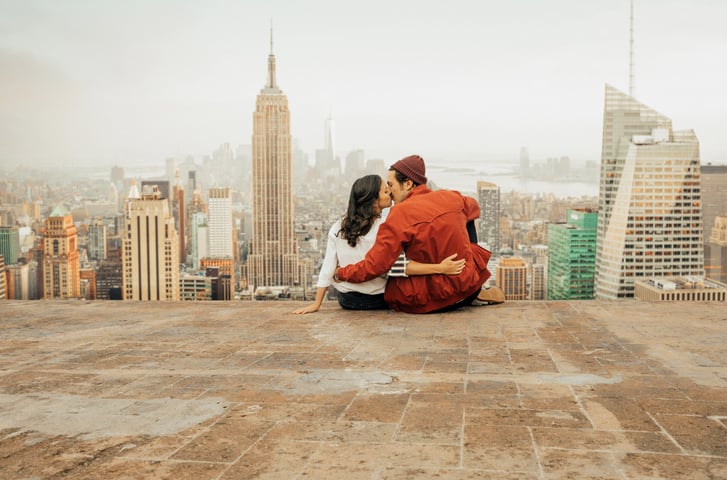
Are you familiar with flotation isolation?
It involves floating on your back in a specially designed sensory deprivation tank of water. The tank is soundproof to prevent noise distractions.

Flotation (or isolation) tanks are used for restricted environmental stimulation therapy (REST). The idea is that dark, quiet isolation in near-zero gravity is therapeutic, helping with conditions like anxiety, pain, and stress.
Do sensory deprivation floating tanks work? According to some research, yes.
An article in heathline.com notes:
A 2018 study showed that a single one-hour session in a sensory deprivation tank was capable of a significant reduction in anxiety and improvement in mood in the 50 participants with stress- and anxiety-related disorders.
A 2016 study of 46 people who self-reported generalized anxiety disorder (GAD) found that it reduced GAD symptoms, such as depression, sleep difficulties, irritability, and fatigue.
As a writer and artist, what I found most interesting about flotation isolation research was the findings of improved creativity.
Per the healthline.com article:
According to an article published in 2014 in the European Journal of Integrative Medicine, floating in a sensory deprivation tank has been found in a handful of studies to increase originality, imagination, and intuition, which can all lead to enhanced creativity.
An article in medicalnewstoday.com echoed the findings above with the following:
A 2014 study compared the advertising claims of sensory deprivation centers with clinical research. The authors found that several studies supported the idea that a person may experience a boost in creativity.
Isolation supports creativity
While these study results are not universal or definitive, they bend toward the view that isolation supports creativity. After the pandemic lockdown of 2020, I tend to agree.

Illustration by John P. Weiss
Even though I work from home and was already somewhat monastic in my creative habits, the pandemic lockdown afforded me greater free time.
The cancellation of travel plans and weekly get-togethers with friends meant more time to read, write, and create artwork. I took online classes, read more books, exercised more, and was more productive.
Fewer commitments and distractions allowed more time to be with myself. More time to daydream, reflect, brainstorm, and focus on deep work. All of which improved my creative development and output.
If you want to reach new heights of personal and creative breakthroughs, do the following:
Get comfortable with aloneness and productive solitude.
Keep in mind that solitude and aloneness are different than loneliness. They are not inflicted on you. You choose them.
Yes, a healthy life includes family, friends, and positive social interactions. Human beings are social creatures, and we need one another to various degrees. But a busy social life devoid of solitude can hurt your creativity and wellbeing.
I have found solitude to be a crucial state of being for my creative and artistic success.
I first learned this in grade school, and years later when I found a seemingly abandoned toy in the woods.
My imagination becomes the universe
I was a shy and introverted boy in school. One of the things I hated in the classroom was group learning.
In my experience, being split into groups meant the loudest and most aggressive students lorded over the rest of us. Pairing popular and awkward kids in groups seldom produced the vaunted student engagement and active learning teachers sought.

Illustration by John P. Weiss
My best school work was achieved alone in the library or at home in my room. There were moments of collaboration with a student friend or teacher, but mostly, I performed better on my own.
Closed in a room, my imagination becomes the universe, and the rest of the world is missing out. — Criss Jami, Diotima, Battery, Electric Personality
Even in adulthood, I hated professional meetings. They consisted mostly of unnecessary banter, grandstanding, and the assignment of unproductive, time-wasting subcommittees.
My best professional work was achieved alone, where I could focus deeply and undisturbed by the tyranny of the group.
I’m not alone in this celebration of aloneness and productive solitude.
An article in Inc.com reports:
In physics, Albert Einstein, Isaac Newton, and James Clerk Maxwell, three of the greatest creative contributors, worked almost entirely alone. They profited from other people’s ideas not in direct collaboration, but by reading research papers and books.
Author Cal Newport, in his book Deep Work: Rules for Focused Success in a Distracted World, drives home the idea that distractions like social media and endless email pull us away from independent, focused, deep work. The kind of work where stuff gets done.
Newport has explored the subject of creative breakthroughs on his blog. An excerpt:
When I talk about my purposefully disconnected life, a common retort is that I’m missing out on the creative possibilities born of the frequent exposure to new people and ideas delivered through social media and related technologies.
Friends have suggested to me the same thing. That I’m missing out on creative growth without frequent collaboration.
The thing is, most of my creative breakthroughs and original ideas happen alone, either in my studio or out walking my dogs. They never happen when I’m on social media or hanging out with friends.
Newport’s blog post concludes:
But here’s the thing, for the most part, this is not how high-level creative work is accomplished. It’s not, in other words, lack of input that stymies creative breakthroughs.
Ever notice how you get great ideas or solve work problems when you’re alone? Maybe in the shower, exercising, or driving somewhere?
It’s because our brains are free to wander. Instead of feeding our social media addiction or looking busy for the boss, solitude provides that much-needed serenity for our brains.
How to belong to oneself
Not long ago I came across an abandoned toy in a park. It was a tattered, stuffed animal.
It looked kind of pathetic and lonely. I almost felt sorry for it. But then I thought, what if it escaped?
The greatest thing in the world is to know how to belong to oneself. — Michel de Montaigne, The Complete Essays
Maybe the toy had enough of rough handling and noisy children? Maybe it understood the importance of alone time and solitude? Perhaps it was happier?
I passed by and left the toy to its relaxation and reflection.
Before you go

I’m John P. Weiss. I draw cartoons, paint, and write about life lessons. To follow along, sign up for my free Saturday Newsletter here.
—
This post was previously published on Medium.
***
You Might Also Like These From The Good Men Project
 |
 |
 |
 |
Join The Good Men Project as a Premium Member today.
All Premium Members get to view The Good Men Project with NO ADS.
A $50 annual membership gives you an all access pass. You can be a part of every call, group, class and community.
A $25 annual membership gives you access to one class, one Social Interest group and our online communities.
A $12 annual membership gives you access to our Friday calls with the publisher, our online community.
Register New Account
Need more info? A complete list of benefits is here.
—
Photo credit: Egor Myznik on Unsplash
